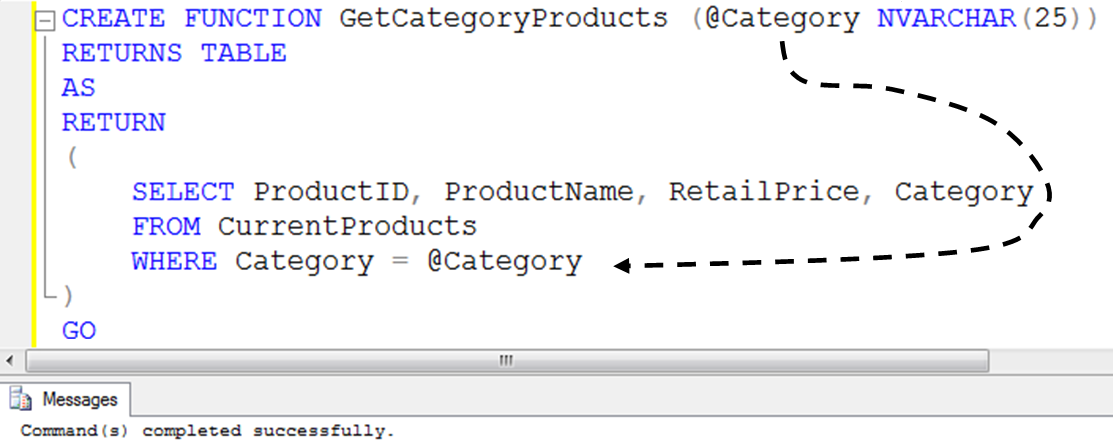SQL SERVER – Interesting Observation – Query Hint – FORCE ORDER
SQL Server never stops to amaze me. As regular readers of this blog already know that besides conducting corporate training, I work on large-scale projects on query optimizations and server tuning projects. In one of the recent projects, I have noticed that a Junior Database Developer used the query hint Force Order; when I asked for details, I found out that the basic concept was not properly understood by him.
SQL SERVER – Interesting Observation – Index on Index View Used in Similar Query
SQL SERVER – Insert Values of Stored Procedure in Table – Use Table Valued Function
I recently got many emails requesting to write a simple article. I also got a request to explain different ways to insert the values from a stored procedure into a table. Let us quickly look at the conventional way of doing the same with Table Valued Function.
SQL SERVER – Introduction to Service Broker and Sample Script
SQL SERVER – Plan Caching and Schema Change – An Interesting Observation
SQL SERVER – Find Gaps in The Sequence
I have previously written two articles on the subject of missing identity and both are very well received by community. I had great fun to write article as many SQL Server expert participated in both the articles. Expert Imran Mohammed had provided excellent script to find missing identity. Please read both the articles for additional information before reading this article about finding gaps in the sequence.



